By Sarhind Times Bureau | Gurugram | October 20, 2025
Summary
Thousands of residents in Gurugram’s upscale BPTP Astaire Garden society are struggling through an acute water shortage, relying on private tankers to meet daily needs. Officials cite ongoing infrastructure delays, but residents allege administrative apathy and unequal distribution. As the city prepares for festive season, the crisis exposes the fragile underbelly of Gurugram’s urban planning and governance.
A Modern Township, An Ancient Problem
On paper, BPTP Astaire Garden, Sector 70A, embodies Gurugram’s aspiration—luxury towers, manicured lawns, swimming pools, and broadband-linked security. But for over two months, taps in more than 2,500 flats have been running dry, forcing residents to queue for water tankers—a daily ritual that mocks the city’s “millennium” tag.
At sunrise, water lines form near basement gates. Plastic drums, buckets, and even baby bathtubs are pressed into service. As tanker horns blare, security guards try to manage the chaos. “It feels like rural Haryana in the middle of a smart city,” said Seema Khurana, a resident of Tower G. “We pay maintenance for 24×7 supply but get panic messages instead.”
From Luxury Living to Daily Struggle
According to the Residents’ Welfare Association (RWA), the society receives an average of 461 kilolitres of piped water daily, against a requirement of 650–700 KL. The shortfall forces residents to buy around 35–40 tankers a day, costing ₹2,000–₹2,500 each. Monthly, that adds up to nearly ₹20 lakh—an expense borne collectively.
“The irony is, we were told that Gurugram Metropolitan Development Authority (GMDA) had laid a dedicated main line for this area,” said RWA president Rajeev Dhingra. “But it’s either non-functional or insufficient. No official has inspected our meters in months.”
Tankers queue through the narrow service lane all morning, spilling water that forms puddles—a grim reminder of both scarcity and waste.
GMDA’s Explanation: Pipeline Delays
When contacted, a GMDA official admitted that the Sector-72 Boosting Station, meant to stabilize supply to 70A, 70B, and adjoining sectors, is “still under final testing.”
“Civil work is done, but electrical commissioning is pending,” the official said. “We expect completion by end of November. Until then, societies must rely on existing pipelines and borewells.”
The Authority, which manages the city’s bulk water system, blamed “technical interlocks” and “fund allocation sequencing” for the delay. But urban policy experts say this explanation barely scratches the surface.
Urban Growth Outpacing Infrastructure
Gurugram’s population has ballooned from 8.7 lakh in 2011 to nearly 25 lakh in 2025, a jump that outpaced water infrastructure. Yet developers continue announcing new luxury projects across Southern Peripheral Road (SPR), New Gurgaon, and Dwarka Expressway without synchronizing with trunk utilities.
“Real-estate expansion has raced ahead of civic readiness,” said urban planner Dr. Prerna Kohli. “Developers often use temporary borewell arrangements during possession phases. Once occupancy rises, the system collapses.”
Satellite data confirms that water table levels in Gurugram’s southern belt have fallen from 35 metres in 2015 to nearly 56 metres in 2024, pushing borewells into unsustainable zones.
Residents Bear the Cost
Families have been forced to ration water—three buckets for bathing, one for washing clothes, and dishwashing once a day. Many have resorted to paper plates and disposable cutlery.
“We used to take long showers. Now my kids fight over who gets the first bucket,” laughed Poonam Bhaskar, before adding, “It’s not really funny anymore.”
Housekeeping staff say the shortage has halved their working hours. “We can’t clean ten houses when there’s no water,” said Rani Kumari, a domestic worker.
A few residents installed mini-RO systems with underground storage tanks, but this adds power costs. Others depend entirely on tanker schedules, which often arrive late due to festival traffic or strikes.
Health and Sanitation Concerns
With tanker water of uncertain quality, several residents have reported skin allergies and stomach infections. The RWA sent samples for lab testing—results showed TDS levels exceeding 900 ppm in some cases, far above the recommended 500 ppm limit.
“Water smells like rust and tastes metallic,” said Amit Goel, father of two. “My younger one got rashes after using it.”
Doctors at a nearby private hospital confirmed a “seasonal uptick” in gastrointestinal complaints from the area. Civic health officers say they are conducting random quality checks, though none have shared results publicly.
Festive Season Pressure
The crisis comes just as Diwali preparations peak. Temporary residents—domestic helpers, decorators, caterers—add to water demand. Swimming pools and fountains have been shut down to conserve resources.
Society maintenance staff now post daily WhatsApp updates: “Tankers arriving at Gate No. 3 at 6:30 PM. Please be present with containers.”
“This is not just inconvenience,” said RWA treasurer Neha Sharma. “It’s emotional fatigue. Every morning begins with anxiety about water.”
Officials Promise Relief—Again
GMDA’s Executive Engineer Rakesh Yadav visited the site last week, assuring residents that the pipeline from Badshahpur Treatment Plant to Sector 72 would be “functional soon.”
“We’ve increased pumping hours by two hours and requested HUDA to divert a small line temporarily,” he said.
“By November-end, 24×7 supply should resume.”
However, similar assurances were given in July and August without visible improvement. The Department of Public Health Engineering (PHE) has now been asked to coordinate booster power requirements and grid synchronization.
A Broader Pattern Across Gurugram
The issue is not isolated. Data from GMDA shows over 40 residential societies in the city currently supplement piped supply with private tankers. Sector 37D, 81, 83, 90, and 113 face similar shortages.
Experts call this a “silent privatization” of water—a shift from public provisioning to private profiteering.
“When the state fails to deliver, a parallel market thrives,” said policy analyst Ravi Batra. “Tankers are not regulated, so pricing and quality are arbitrary. It’s water anarchy.”
In monsoon months, much of the city still floods because rainwater harvesting systems are defunct, while in winter, residents pay for every drop. “We are paying for inefficiency twice,” said architect Nidhi Mittal, who has studied Gurugram’s master plan revisions.
Economic and Environmental Costs
Each tanker consumes roughly 30 litres of diesel for two round trips daily—translating into about 600 kilograms of CO₂ emissions per day for Astaire Garden alone. Multiply that across multiple societies, and the environmental cost is staggering.
Moreover, many tanker suppliers source water from unauthorized borewells in nearby villages, depleting shared aquifers. A 2024 audit by the Central Ground Water Board (CGWB) classified Gurugram as “over-exploited,” with withdrawal rates exceeding recharge by 190%.
Environmental NGO JalSutra has written to the Haryana Pollution Control Board seeking action against illegal extraction points.
“We cannot build glass towers on hollow ground,” said founder Reetika Anand.
Urban Planning or Urban Panic?
Planners argue that the city’s zoning maps never anticipated such dense residential clusters on the SPR belt. Despite warnings, licenses were issued without ensuring proportional utility capacity.
“Every approval is treated as a real-estate milestone, not a civic responsibility,” said retired IAS officer and urban policy advisor S. K. Dahiya.
“The city expanded faster than its water grid. Now we’re paying the price.”
Several RWA groups across Gurugram plan to file a Public Interest Litigation (PIL) demanding audit of GMDA’s water projects and penalty for delay.
Government’s Broader Plan
The Haryana Urban Local Bodies Department claims it is pursuing a ₹600-crore “Integrated Water Security Project” to unify GMDA, PHE, and MCG supply networks. The project includes smart metering, leak detection sensors, and sewage recycling plants.
But progress is uneven. Only two of six planned reuse plants have broken ground. Gurugram’s much-touted Smart Water Management Dashboard shows incomplete data uploads for 70% of colonies.
An official admitted, off record, “We have tech dashboards but no real-time input. It’s like a smart cover on a dry well.”
Legal Recourse & Accountability
Under Haryana Water Resources (Regulation & Management) Act, 2020, developers are required to provide certified water infrastructure before occupancy. Yet enforcement remains weak. The Town and Country Planning Department (DTCP) often grants completion certificates based on self-declarations rather than inspection.
“Developers are quick to advertise ‘24×7 water’ but slow to deliver,” said Advocate Ananya Bansal, who has represented multiple RWA petitions. “The state must hold them liable under consumer law.”
Residents of Astaire Garden are preparing to send a legal notice to both GMDA and BPTP, seeking compensation for tanker costs and health impacts.
Human Stories: Coping Amid Crisis
Inside Tower D, Nitin and Ritu Grover have installed a DIY water-saving setup—pipes connecting kitchen waste to toilet flushing tanks. “Every litre counts,” they said proudly.
Children have learned to adjust too. “My daughter reminds me not to waste even a spoon of water while brushing,” Ritu smiled. “At least something positive came out of it.”
For senior citizens, however, the ordeal is harsher. 74-year-old Anand Bhardwaj suffers from arthritis but carries water buckets twice a day. “Earlier we prayed for rain; now we pray for tankers,” he said quietly.
What Experts Recommend
- Immediate Commissioning of Sector-72 Boosting Station.
- Mandatory Water Audit for all societies with >500 residents.
- Regulation of Private Tankers under calibrated rate card.
- Rainwater Harvesting Revival before monsoon 2026.
- Integration of Smart Meters with GMDA Dashboard.
Sustainable architect Manish Paul adds:
“Gurugram needs water neutrality goals. Every litre extracted must be recharged or reused.”
Editorial View
Sarhind Times believes this crisis mirrors India’s urban paradox—glass towers built on parched soil, digital dashboards masking analog governance. Gurugram, a symbol of India’s private success, now represents public failure in its most basic necessity—water.
If cities like Gurugram cannot guarantee safe, regular water supply, the dream of “Smart India” stands on shaky ground. The test is not how fast we build but how responsibly we sustain.
#Gurugram #WaterCrisis #GMDA #UrbanInfra #RightToWater #Haryana #PublicHealth #Environment #CivicIssues #SarhindTimes











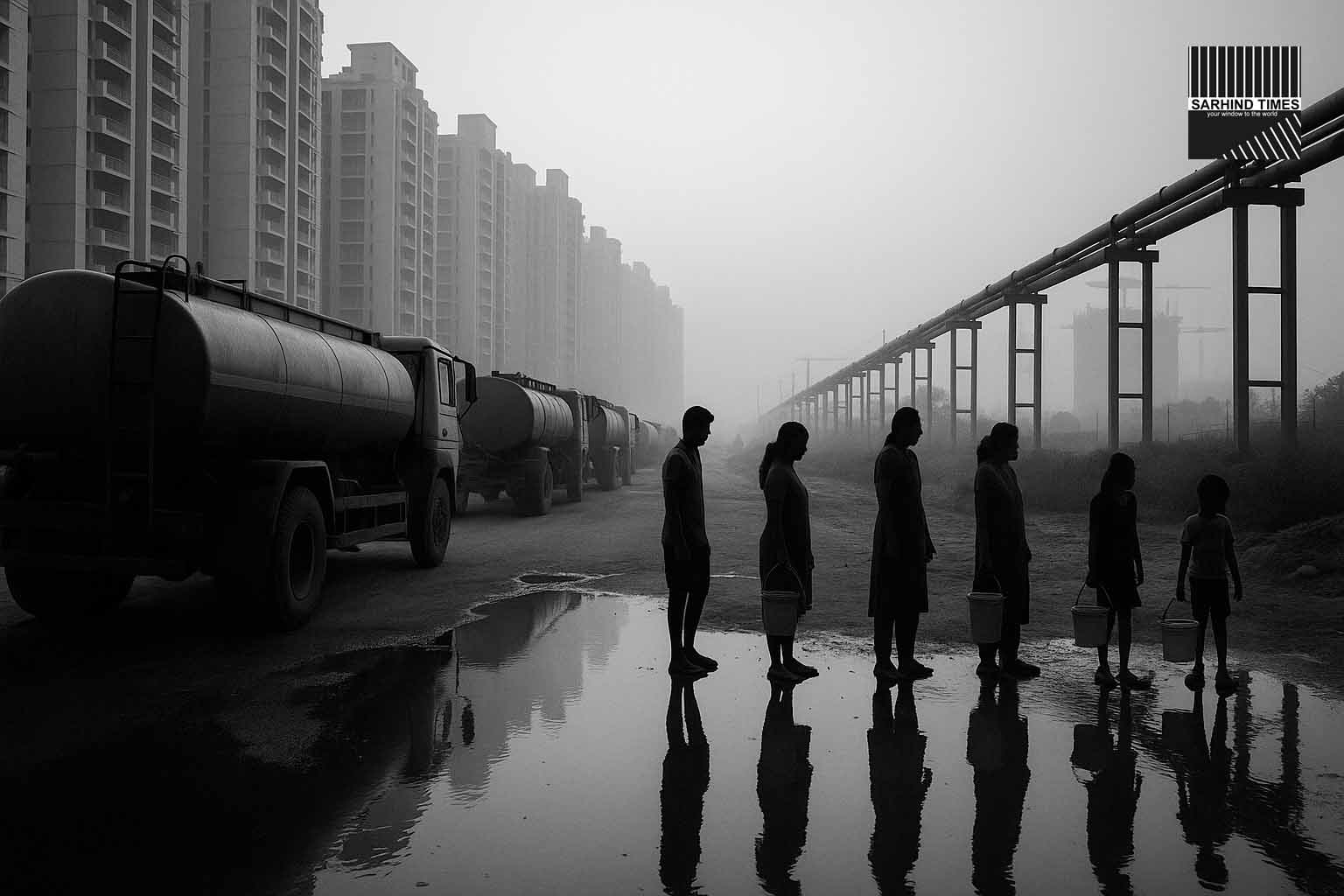

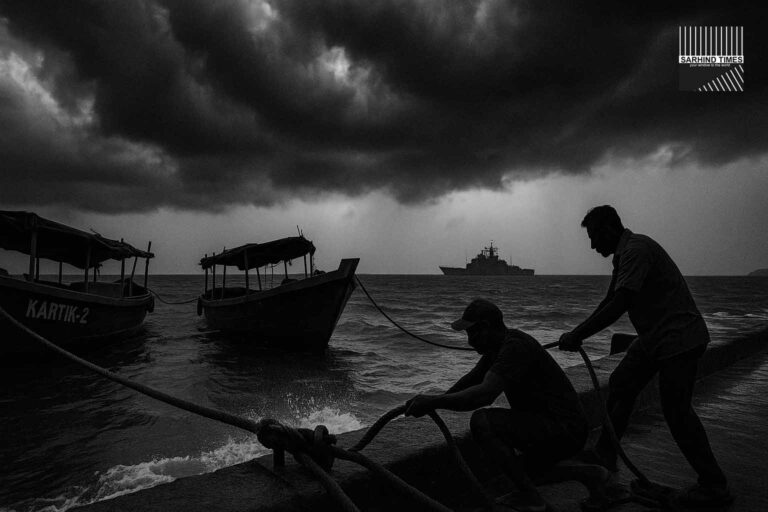
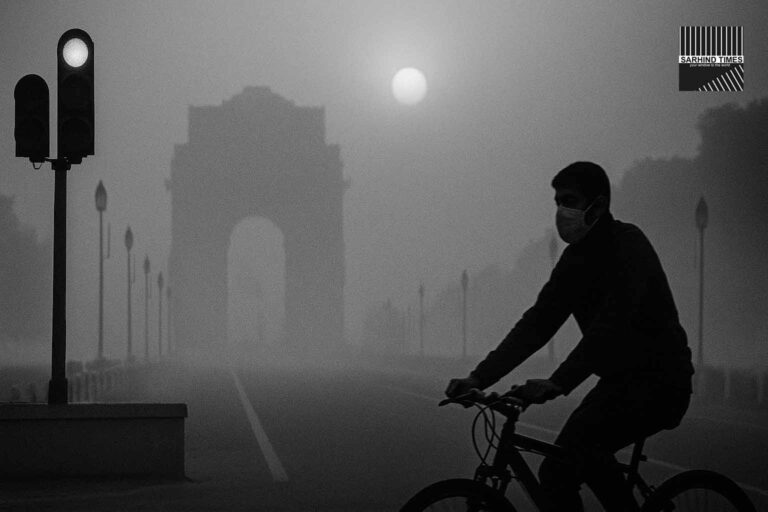
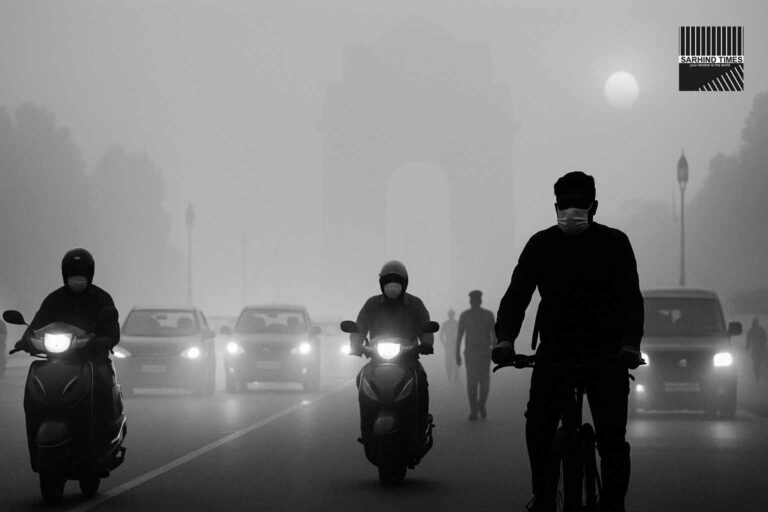
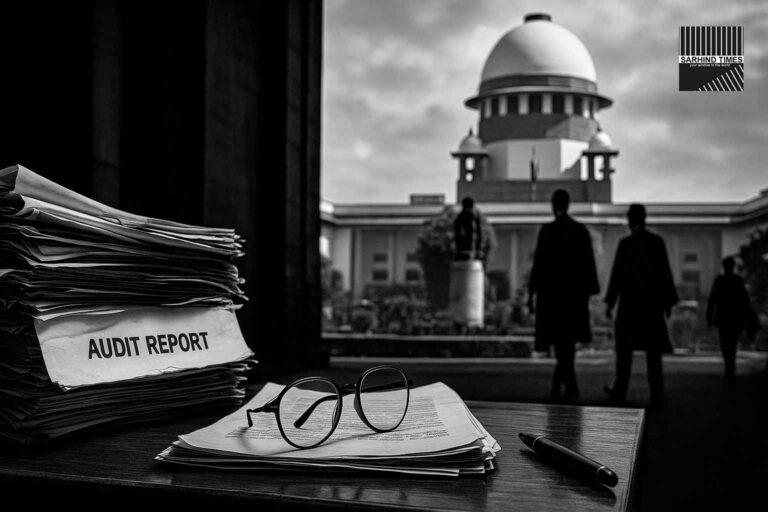
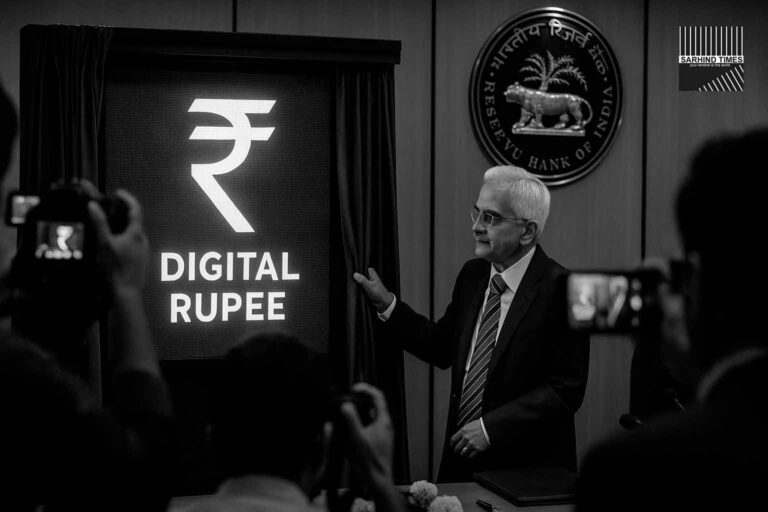



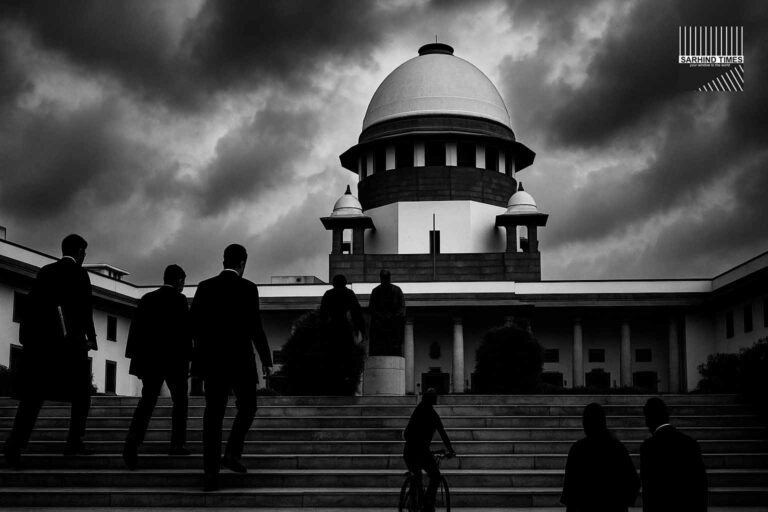
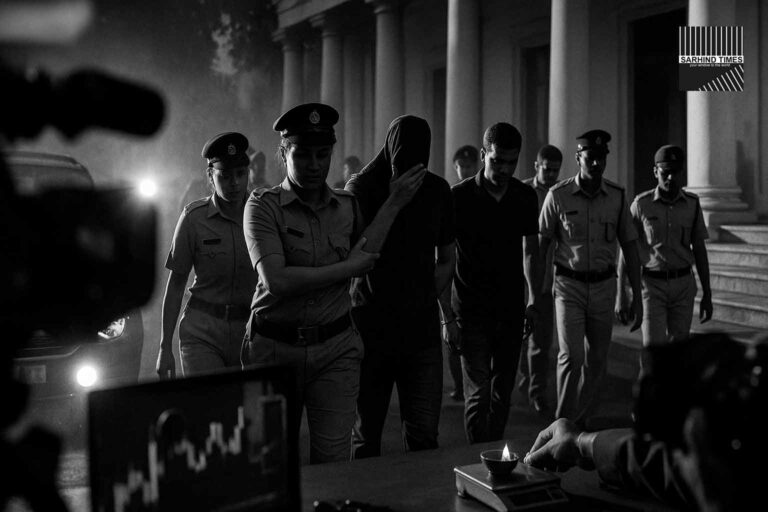

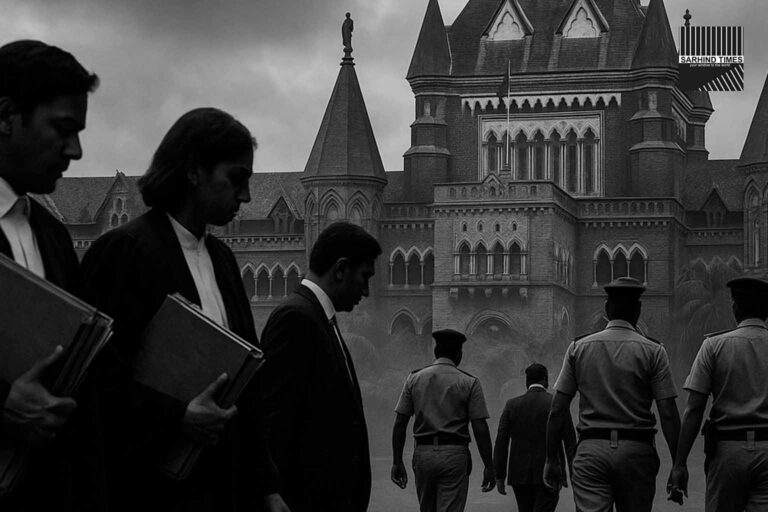
+ There are no comments
Add yours